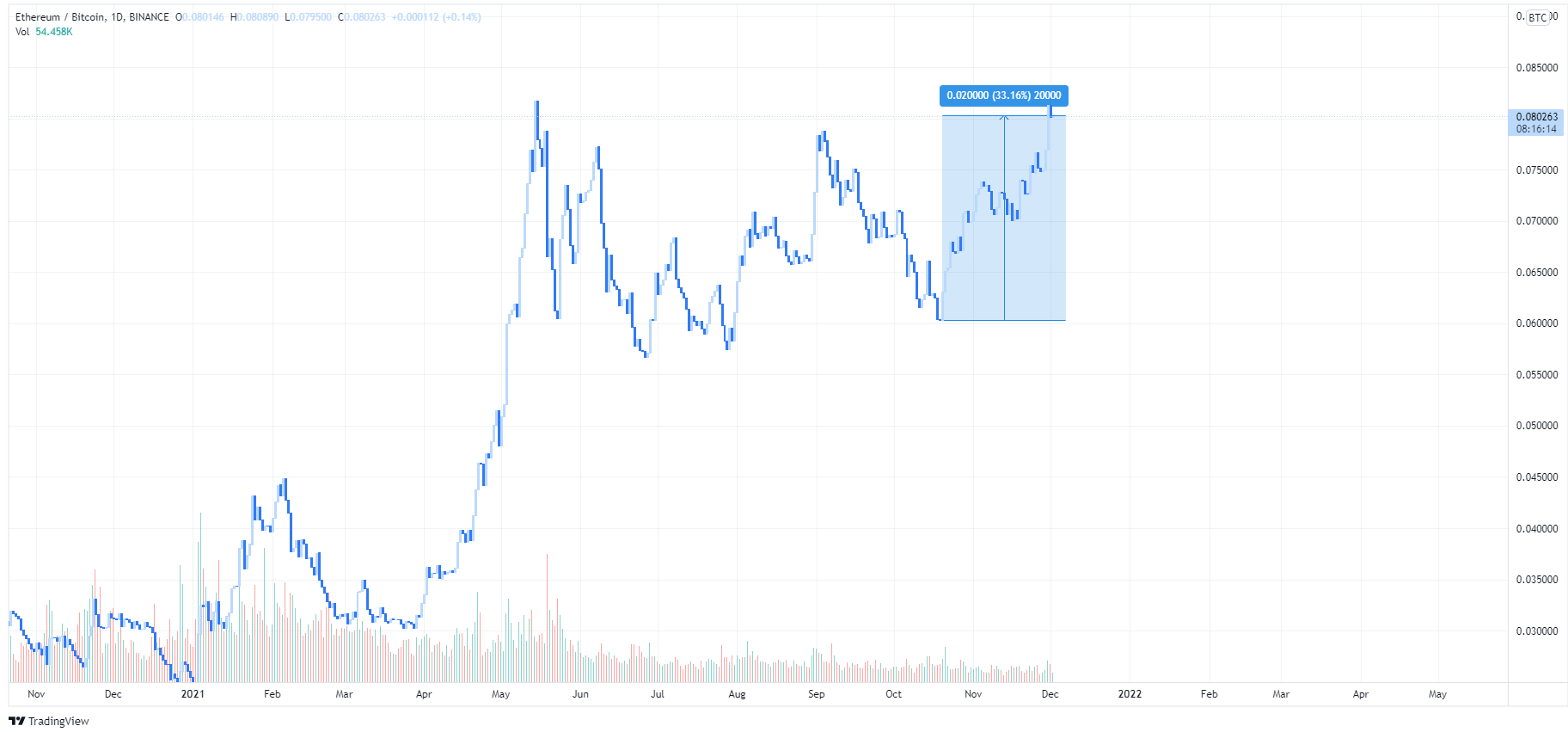When majors collide
Views expressed in the article below are the personal views of the author and should not form the basis for making investment decisions, nor be construed as a recommendation or advice to engage in investment transactions.
Every second of every day, technology becomes slightly better, and the world grows slightly smaller. In 2021 we find ourselves occupying a far more interconnected reality than our forebears could’ve fathomed. The same interconnectedness that has spurred global commerce and innovation and given rise to sprawling decentralised networks, has also rendered us far more vulnerable to conflict, illnesses, and the impact of foreign economic policies. While comprehensive studies are best suited for understanding these nuances, investors with a keen eye understand that markets are, for the most part, human psychology writ large, reflective of the ebbs and flows of collective sentiment.
The last week has been marked by several such entanglements. Poorly reported news of the latest Covid-19 variant, Omicron, rattled investors on Friday, along with a long overdue admission by US Federal Reserve chair, Jerome Powell, that inflation tied to the aggressive printing of US dollars may actually have long-term consequences (surprise, surprise).
Major indices like the S&P 500 have seen dramatic drawdowns in the face of recent global news
BTC remains largely correlated to the sentiments of dominant traditional markets
A challenge to the throne
As markets begin to find footing following the announcement of Omicron, another titanic clash has come to the fore – Bitcoin vs. Ethereum. Since late October, when BTC first peeked its head above May’s $64k highs, ETH/BTC has surged more than 30%, with ETH boasting ~20% gains from $4k lows during the same time period. Meanwhile, BTC observed a drawdown of similar proportions from its roaring early-November rally to $69k, currently fighting to break above the mid-$50k range to reach for all-time highs (ATH) once again.
ETH/BTC continues a steady march toward May highs
A broader look at dominance further illustrates this peculiar phenomenon. BTC’s hold on the market currently sits at tenuous 41%, while ETH’s slice of the crypto pie now amounts to almost 21% - a level not seen since Feb 2018, in the aftermath of crypto’s previous bull cycle. Similarly, save for a week in mid-May, BTC’s grip on the market has not crossed below the 40% mark since early 2018.
Forward focus
With dominance’s current lows, and the realization that PlanB may not be the omniscient oracle many traders had hoped, bearish narratives have increased their rumblings. However, in this writer’s mind at least, the steady accumulation of large holders evidenced by on-chain metrics is a strong indicator that crypto remains hungry for another momentous push through December and early 2022.
The uncertainty currently gripping the market is possibly unprecedented in crypto’s decade-long existence, as the influx of large institutions and the advent of fresh utility on smart contract protocols has muddied historical flow of momentum. By many intents, Ethereum is now a household name, known most widely for the NFTs propagated on the protocol. With ETH 2.0 finally moving from the realm of fantasy to real-world deployment, could the smart contract king lead the market’s charge to a highly anticipated blow-off top? Perhaps not yet, but the fact that it’s moved from an obscure blockchain to a globally recognised beacon of Web3 in a mere six years is a telling sign of things to come.





